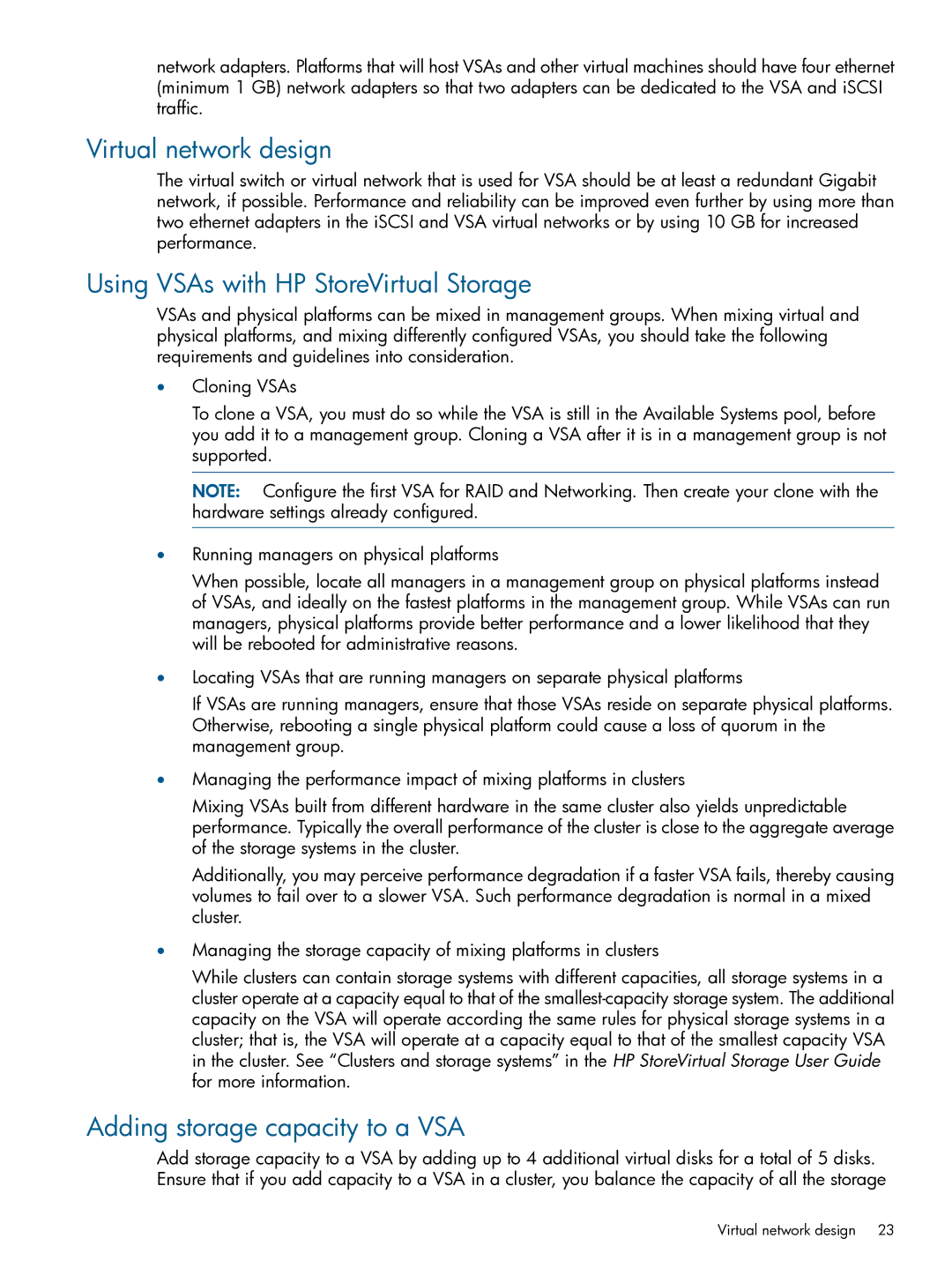TA688-96138 specifications
The HP TA688-96138 is a versatile and powerful all-in-one printer designed to meet the diverse needs of home and office environments. Renowned for its innovative features and outstanding performance, this printer offers an impressive combination of quality, speed, and efficiency.One of the standout features of the HP TA688-96138 is its multifunctionality. This model not only excels at printing but also includes capabilities for scanning, copying, and faxing, making it an ideal solution for users who require multiple functions in one compact device. With the ability to produce sharp, vibrant prints, the printer also supports a variety of media types, including standard paper, photo paper, and envelopes, allowing users to tackle a wide range of printing tasks.
Equipped with advanced printing technologies, the TA688-96138 utilizes HP's InkJet technology, which delivers high-resolution prints with exceptional detail and color accuracy. The printer can achieve print speeds of up to 15 pages per minute (PPM) for black and white documents and up to 10 PPM for color prints, significantly enhancing productivity in busy environments.
In terms of connectivity, the HP TA688-96138 offers multiple options to facilitate seamless printing from various devices. Users can connect via USB, Wi-Fi, or Bluetooth, enabling easy access from smartphones, tablets, and computers. Additionally, the printer is compatible with HP's Smart App, allowing users to manage print jobs, monitor ink levels, and initiate scans directly from their mobile devices.
Another notable characteristic of the TA688-96138 is its energy efficiency. With energy-saving features such as automatic duplex printing, which allows users to print on both sides of a page, this printer minimizes paper usage and reduces overall environmental impact. Furthermore, HP's innovative cartridge design helps to maximize ink usage, contributing to lower running costs.
Overall, the HP TA688-96138 stands out as a reliable all-in-one printing solution that combines high-quality output, multifunctionality, and advanced technology. Its user-friendly features and efficient performance make it a suitable choice for both personal and professional use, catering to the needs of individuals and businesses alike. With its commitment to innovation and sustainability, HP continues to set the standard in the printing industry, and the TA688-96138 is a testament to that dedication.
